Your Horse photosensitivity head shaking images are ready in this website. Horse photosensitivity head shaking are a topic that is being searched for and liked by netizens now. You can Find and Download the Horse photosensitivity head shaking files here. Get all free images.
If you’re looking for horse photosensitivity head shaking pictures information connected with to the horse photosensitivity head shaking topic, you have pay a visit to the right site. Our website always provides you with suggestions for viewing the maximum quality video and image content, please kindly hunt and find more informative video content and images that fit your interests.
Horse Photosensitivity Head Shaking. Headshaking behavior is considered to be caused by overactivity of branches of the trigeminal nerve that supply sensation to the face and muzzle. In this situation light over-stimulates the eye which causes over-stimulation to the ophthalmic branch of the trigeminal nerve. It derives from the horses normal and natural impulsion to shake the head when bothered by flies in the field or when feeling frustrated at the start of a race. A horse does not normally have high blood pressure at rest although we have seen a few rare cases.
 Horses Eye Injuries Ulcers Solar Vizor Equivizor Horse Fly Mask Head Shaking Superior 100 Uv Eye Protection For Horses With Uveitis Photosensitivity Pet Supplies Charitybox Io From charitybox.io
Horses Eye Injuries Ulcers Solar Vizor Equivizor Horse Fly Mask Head Shaking Superior 100 Uv Eye Protection For Horses With Uveitis Photosensitivity Pet Supplies Charitybox Io From charitybox.io
These all need to be ruled out as. Many of these horses are believed to have facial pain caused by a hypersensitivity of the trigeminal nerve. For the unlucky few horses that experience headshaking the onset is often misinterpreted as a behavioral issue or thought to be caused by an ill-fitting bridle or uncomfortable bit. In this situation light over stimulates the eye which causes over stimulation to the ophthalmic branch of the Trigeminal Nerve. Persistent uncontrolled violent vertical head shaking with the absence of biting insects is considered abnormal behavior. In this situation light over stimulates the eye which causes over stimulation to the ophthalmic branch of the Trigeminal Nerve.
In humans this painful condition is known as Trigeminal Neuralgia.
These photic headshakers may seek unusual places for shade such as hiding their head in bucket or barrel to block light and may show relief when out of the sun. A horses behavioral reflex causes him to flip his. The face cheeks and nasal cavity are enervated by the Trigeminal Nerve. In this situation light over-stimulates the eye which causes over-stimulation to the ophthalmic branch of the trigeminal nerve. However a horse is called an abnormal headshaker when this shaking occurs under saddle and for no apparent reason. Affected horses may also flip their head in reaction to wind movement stress etc.
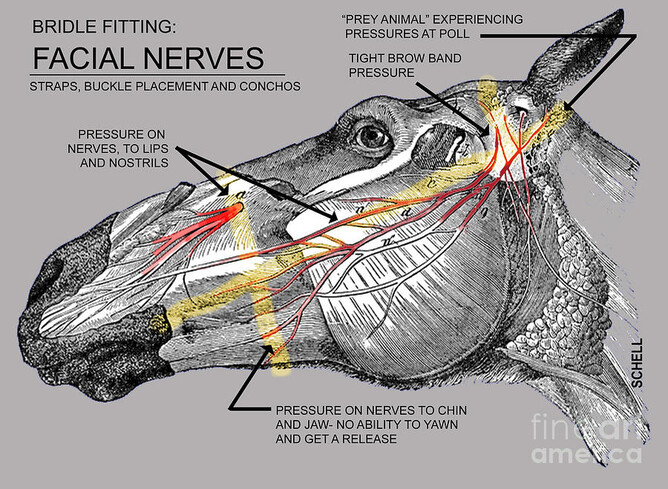 Source: animal-mrt.com
Source: animal-mrt.com
In a significant proportion of horses that headshake no underlying structural abnormalities are detected. Photosensitive head shaking is caused by exposure to light or wind. Once the horse starts to exercise if the obstructed circulation causes pressure on the hair bulbs of the neck or head then the head will shake. Make sure your horse head do not hit to some hard object because it is a really sensitive area. Symptoms of Head Shaking in Horses.
 Source: wholehorse.com
Source: wholehorse.com
Extreme nose blowing snorting and. Some cases are caused by allergies sinusitis dental pain and a number of other conditions. The face cheeks and nasal cavity are enervated by the Trigeminal Nerve. If your horses headshaking is triggered by daylight keep him in during the day and turn him out at night. A horse does not normally have high blood pressure at rest although we have seen a few rare cases.
 Source: practicalhorsemanmag.com
Source: practicalhorsemanmag.com
For horses with sensitive skin excellent fly control is essential to reduce head shaking. In a significant proportion of horses that headshake no underlying structural abnormalities are detected. In this situation light over stimulates the eye which causes over stimulation to the ophthalmic branch of the Trigeminal Nerve. It has been established that it involves the trigeminal nerve in the horses head. This is why in most.
 Source: charitybox.io
Source: charitybox.io
These horses are referred to as Idiopathic headshakers although the term trigeminal-mediated. Head shaking is a common normal reaction a horse has when he is being annoyed or bitten by insects. Many of these horses are believed to have facial pain caused by a hypersensitivity of the trigeminal nerve. There are many possible reasons why a horse may shake its head. Control light exposure.
 Source: practicalhorsemanmag.com
Source: practicalhorsemanmag.com
There are many possible reasons why a horse may shake its head. The most common clinical signs of photic headshaking are shaking the head in a vertical plane acting like an insect was flying up the nostril snorting excessively rubbing the muzzle on objects having an anxious expression while headshaking worsening of clinical signs with exposure to sunlight and improvement of clinical signs at night. If this anti-fly headshaking is observed carefully it will be seen that it is an automatic action over which the horse that is the brain of the horse has no. Affected horses may also flip their head in reaction to wind movement stress etc. In a significant proportion of horses that headshake no underlying structural abnormalities are detected.
 Source: practicalhorsemanmag.com
Source: practicalhorsemanmag.com
It has been established that it involves the trigeminal nerve in the horses head. The face cheeks and nasal cavity are enervated by the trigeminal nerve. Ride in an indoor arena or outfit him in a UV-blocking mask to reduce light exposure. Photosensitive head shaking is caused by exposure to light or wind. In humans this painful condition is known as Trigeminal Neuralgia.
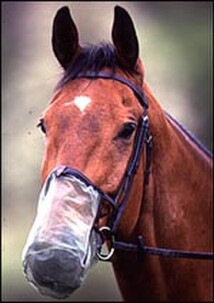 Source: animal-mrt.com
Source: animal-mrt.com
A horse does not normally have high blood pressure at rest although we have seen a few rare cases. Control light exposure. In this situation light over stimulates the eye which causes over stimulation to the ophthalmic branch of the Trigeminal Nerve. In this situation light over stimulates the eye which causes over stimulation to the ophthalmic branch of the Trigeminal Nerve. Affected horses may also flip their head in reaction to wind movement stress etc.
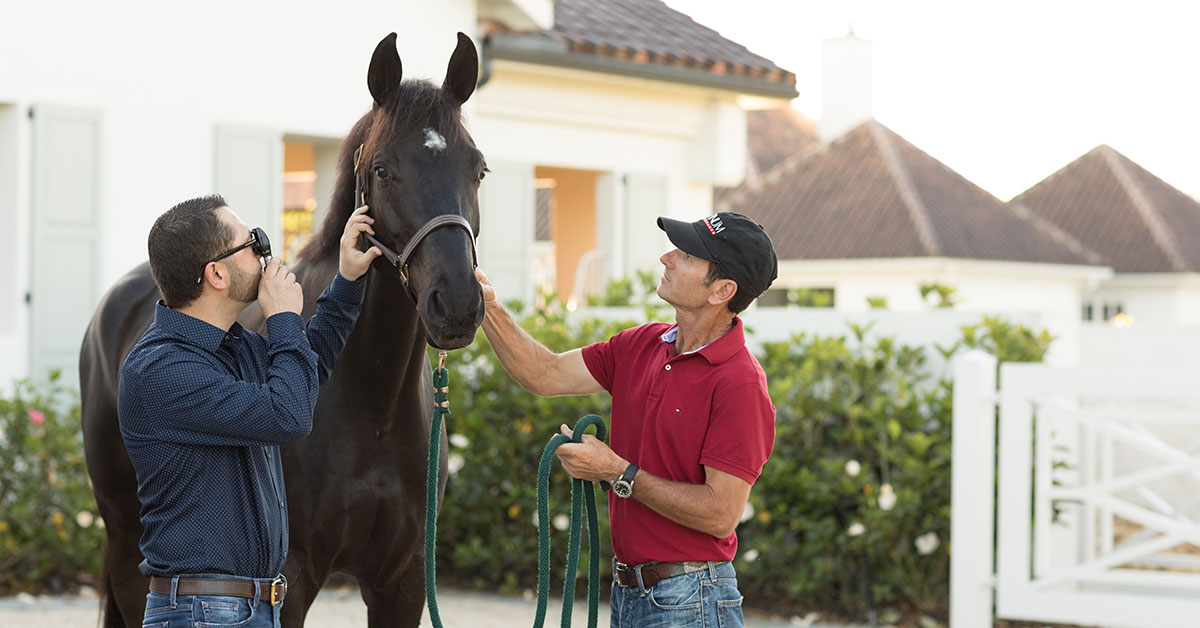 Source: platinumperformance.com
Source: platinumperformance.com
A horse does not normally have high blood pressure at rest although we have seen a few rare cases. The symptom is simple but the potential causes are complicated. If this anti-fly headshaking is observed carefully it will be seen that it is an automatic action over which the horse that is the brain of the horse has no. Headshaking behavior is considered to be caused by overactivity of branches of the trigeminal nerve that supply sensation to the face and muzzle. There are many possible reasons why a horse may shake its head.
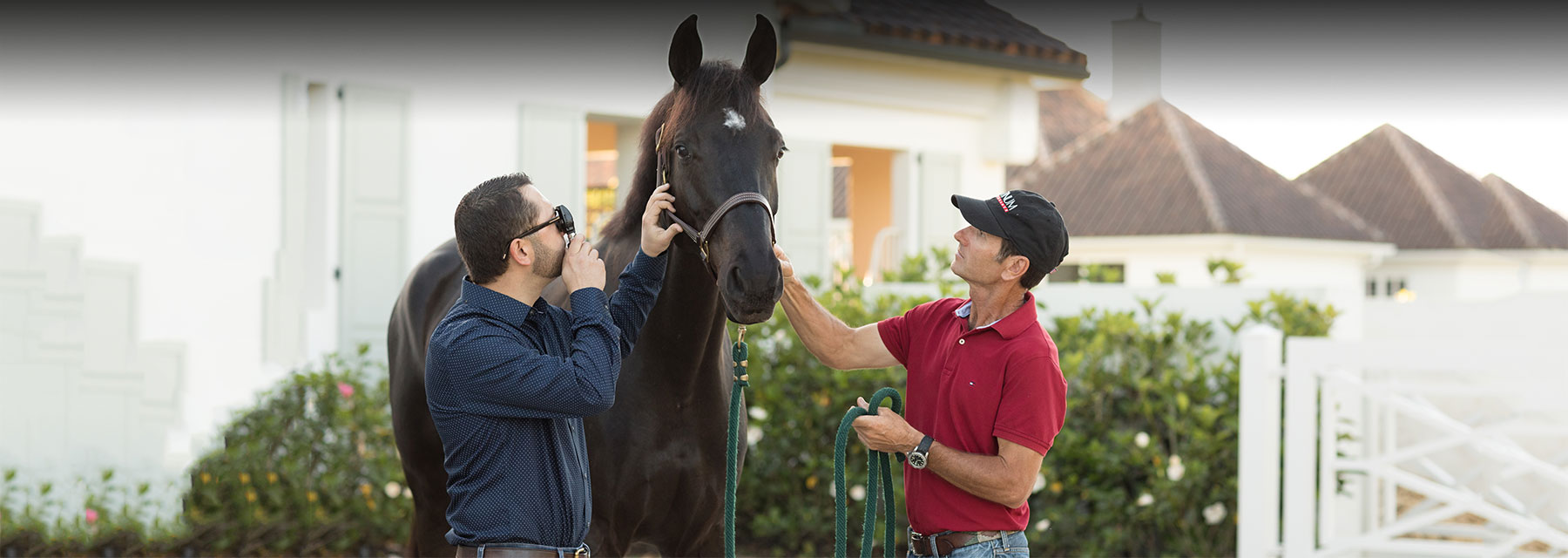 Source: platinumperformance.com
Source: platinumperformance.com
The clinical signs are not specific. Ride in an indoor arena or outfit him in a UV-blocking mask to reduce light exposure. Make sure your horse head do not hit to some hard object because it is a really sensitive area. Providing a clean and hygienic environment can help a lot in preventing issues of the brain and the entire nervous system. This is why in most.
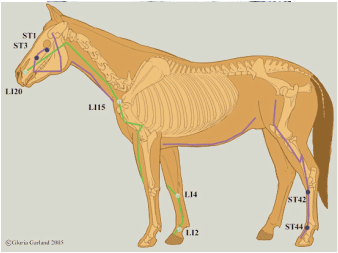 Source: wholehorse.com
Source: wholehorse.com
Ride in an indoor arena or outfit him in a UV-blocking mask to reduce light exposure. For horses with sensitive skin excellent fly control is essential to reduce head shaking. Once the horse starts to exercise if the obstructed circulation causes pressure on the hair bulbs of the neck or head then the head will shake. Horses shake their heads to dislodge flies and there is great individual variation in this normal behavior. Symptoms of Head Shaking in Horses.
 Source: equi-libria.com
Source: equi-libria.com
If this anti-fly headshaking is observed carefully it will be seen that it is an automatic action over which the horse that is the brain of the horse has no. These all need to be ruled out as. In this situation light over stimulates the eye which causes over stimulation to the ophthalmic branch of the Trigeminal Nerve. In a significant proportion of horses that headshake no underlying structural abnormalities are detected. Extreme nose blowing snorting and.
 Source: theamalfiexperience.com
Source: theamalfiexperience.com
Some cases are caused by allergies sinusitis dental pain and a number of other conditions. If your horses headshaking is triggered by daylight keep him in during the day and turn him out at night. Head shaking can be up and down or side by side by the animal. In this situation light over stimulates the eye which causes over stimulation to the ophthalmic branch of the Trigeminal Nerve. A horse does not normally have high blood pressure at rest although we have seen a few rare cases.
 Source: amazon.com
Source: amazon.com
In this situation light over-stimulates the eye which causes over-stimulation to the ophthalmic branch of the trigeminal nerve. Headshaking behavior is considered to be caused by overactivity of branches of the trigeminal nerve that supply sensation to the face and muzzle. In this situation light over-stimulates the eye which causes over-stimulation to the ophthalmic branch of the trigeminal nerve. In humans this painful condition is known as Trigeminal Neuralgia. However a horse is called an abnormal headshaker when this shaking occurs under saddle and for no apparent reason.
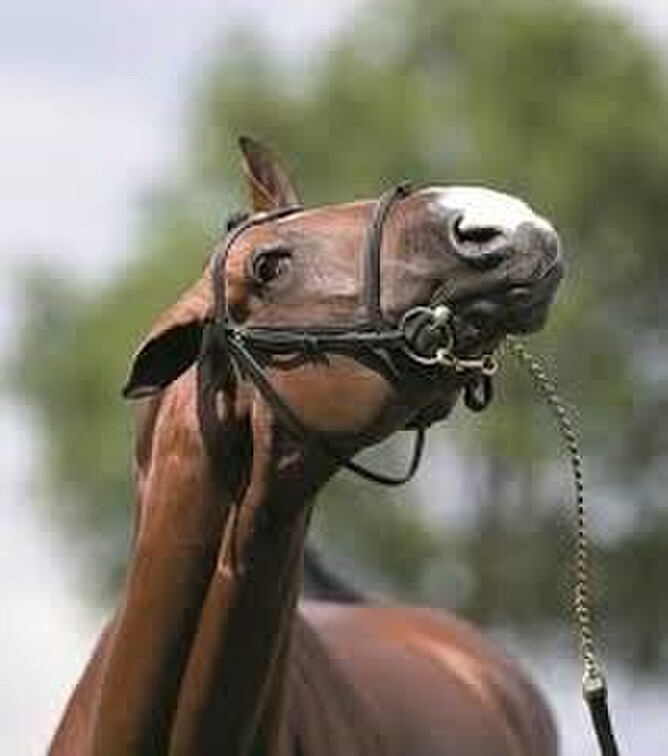 Source: animal-mrt.com
Source: animal-mrt.com
The clinical signs are not specific. Head flickinghead shaking is one of the most heartbreaking exasperating baffling conditions to affect horses anywhere. Affected horses may also flip their head in reaction to wind movement stress etc. It has been established that it involves the trigeminal nerve in the horses head. There is a range of potential reasons for a horse to shake its head.
 Source: equinewellnessmagazine.com
Source: equinewellnessmagazine.com
In this situation light over stimulates the eye which causes over stimulation to the ophthalmic branch of the Trigeminal Nerve. If this anti-fly headshaking is observed carefully it will be seen that it is an automatic action over which the horse that is the brain of the horse has no. The trigeminal nerve originates behind the horses eye and has. These horses are referred to as Idiopathic headshakers although the term trigeminal-mediated. Some cases are caused by allergies sinusitis dental pain and a number of other conditions.
 Source: equidiva.com
Source: equidiva.com
In this situation light over stimulates the eye which causes over stimulation to the ophthalmic branch of the Trigeminal Nerve. It has been established that it involves the trigeminal nerve in the horses head. The face cheeks and nasal cavity are enervated by the trigeminal nerve. This is why in most. For the unlucky few horses that experience headshaking the onset is often misinterpreted as a behavioral issue or thought to be caused by an ill-fitting bridle or uncomfortable bit.
 Source: thehorse.com
Source: thehorse.com
A theory behind head shaking has to do with a horses natural reaction to a sensation like a fly at the follicle level. A theory behind head shaking has to do with a horses natural reaction to a sensation like a fly at the follicle level. Photosensitive head shaking is caused by exposure to light or wind. Affected horses may also flip their head in reaction to wind movement stress etc. In humans this painful condition is known as Trigeminal Neuralgia.
 Source: charitybox.io
Source: charitybox.io
This is why in most. Many of these horses are believed to have facial pain caused by a hypersensitivity of the trigeminal nerve. In humans this painful condition is known as Trigeminal Neuralgia. Affected horses may also flip their head in reaction to wind movement stress etc. The face cheeks and nasal cavity are enervated by the Trigeminal Nerve.
This site is an open community for users to do submittion their favorite wallpapers on the internet, all images or pictures in this website are for personal wallpaper use only, it is stricly prohibited to use this wallpaper for commercial purposes, if you are the author and find this image is shared without your permission, please kindly raise a DMCA report to Us.
If you find this site value, please support us by sharing this posts to your favorite social media accounts like Facebook, Instagram and so on or you can also bookmark this blog page with the title horse photosensitivity head shaking by using Ctrl + D for devices a laptop with a Windows operating system or Command + D for laptops with an Apple operating system. If you use a smartphone, you can also use the drawer menu of the browser you are using. Whether it’s a Windows, Mac, iOS or Android operating system, you will still be able to bookmark this website.





